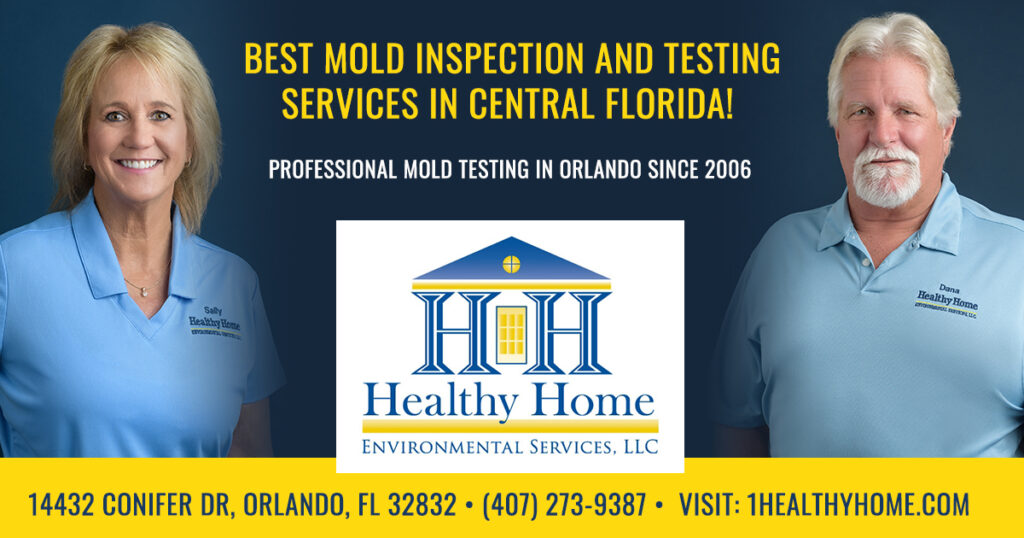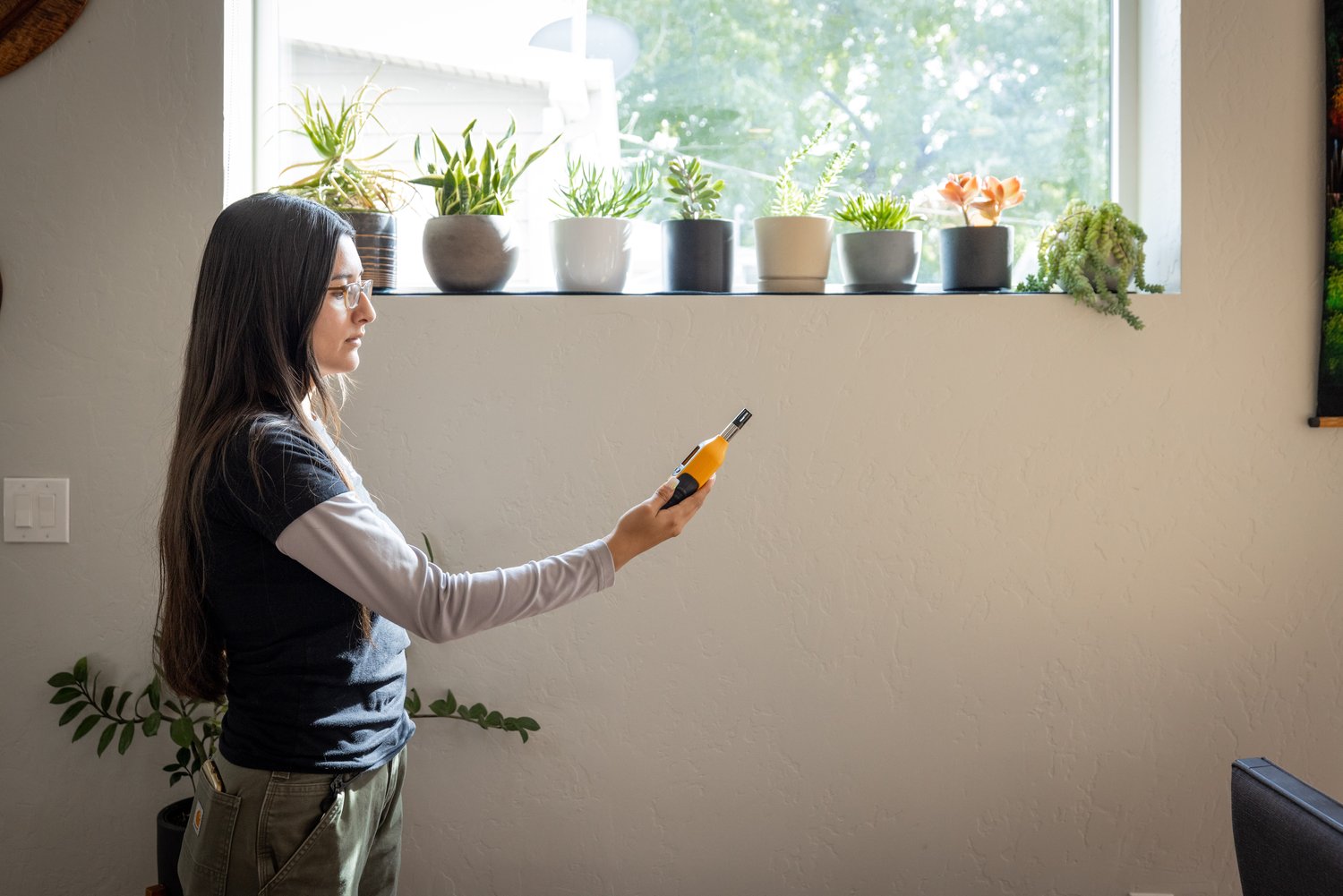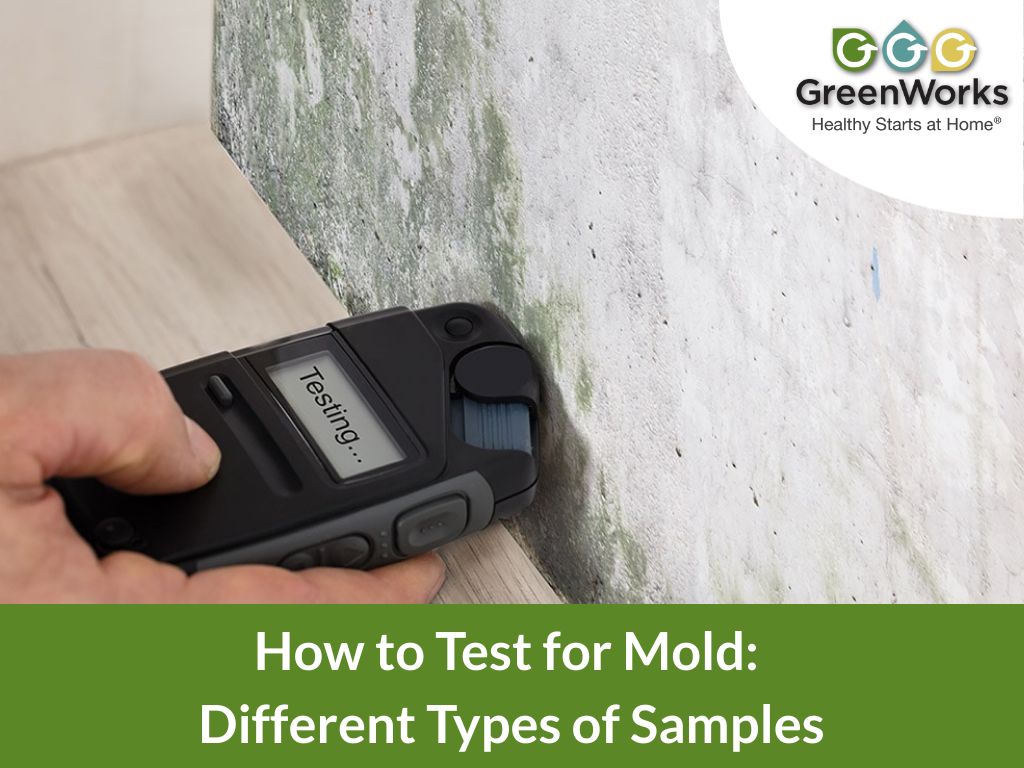Mycotoxin testing Services: A Secret Component in Danger Management Methods
Mycotoxin testing Services: A Secret Component in Danger Management Methods
Blog Article
How Mycotoxin Screening Aids Avoid Contamination and Secure Food Materials

Mycotoxin screening is an important technique in the food sector, acting as a frontline protection versus contamination by dangerous toxic substances generated by molds. Via the application of advanced techniques like High-Performance Fluid Chromatography (HPLC) and Liquid Chromatography-Mass Spectrometry (LC-MS), food manufacturers can accurately quantify and identify mycotoxin levels in farming products. This proactive method not just guarantees conformity with rigid security guidelines yet likewise minimizes wellness dangers to consumers. Routine screening strengthens brand name track record and financial wellness by reducing contamination-related incidents. So, just how precisely do these testing methods incorporate into the more comprehensive food security method?
Understanding Mycotoxins
Recognizing mycotoxins begins with recognizing that they are harmful secondary metabolites created by certain mold and mildews, which can pollute farming items. These metabolites are not vital for the growth or recreation of the fungis however can have severe implications for animal and human health and wellness. Mycotoxins are typically located in staple plants such as corn, wheat, barley, and nuts, where they can proliferate under particular conditions of moisture and temperature level.
There are several types of mycotoxins, each created by various fungal species. Aflatoxins, created by Aspergillus varieties, are among the most notorious, understood for their cancer causing buildings. An additional substantial team includes ochratoxins, produced by Aspergillus and Penicillium varieties, which have nephrotoxic impacts. Fusarium varieties produce trichothecenes and fumonisins, both of which are associated with different severe and persistent wellness concerns.

Dangers of Mycotoxin Contamination
The risks of mycotoxin contamination are multifaceted, presenting significant threats to both food safety and security and public health and wellness. Mycotoxins, harmful substances produced by particular kinds of fungis, can infect a vast array of farming products including cereals, nuts, seasonings, dried out fruits, and coffee. When these toxic substances infiltrate the food supply, they can cause significant health issues such as liver damages, kidney failure, and even cancer. Prone populations, consisting of youngsters, the senior, and immunocompromised individuals, are particularly at danger.
Economic impacts are an additional major concern. Contaminated crops can lead to significant monetary losses for farmers and food manufacturers as a result of reduced returns and the demand for expensive purification steps. Worldwide profession can be dramatically impeded as countries impose stringent mycotoxin policies to protect their populaces, leading to turned down deliveries and strained trade relationships.
Ecological variables such as environment adjustment exacerbate the threat of mycotoxin contamination. Variants in temperature and humidity can develop desirable conditions for fungal development, raising the likelihood of contamination events. Therefore, understanding and alleviating these dangers are critical for making sure the safety and integrity of global food materials.
Approaches of Mycotoxin Examining
Properly identifying mycotoxin contamination in farming items is crucial for guarding public health and preserving food safety and security criteria. Various techniques are used to find and evaluate mycotoxins, each offering specific advantages and constraints.
High-Performance Liquid Chromatography (HPLC) is a widely made use of method as a result of its high level of sensitivity and accuracy. It entails separating mycotoxins from other materials in an example, making it possible for precise metrology. Likewise, Liquid Chromatography-Mass Spectrometry (LC-MS) incorporates fluid chromatography with mass spectrometry to offer detailed molecular information, making it especially helpful for recognizing multiple mycotoxins all at once - Mycotoxin testing Services.

Gas Chromatography-Mass Spectrometry (GC-MS) and Thin-Layer Chromatography (TENDER LOVING CARE) are additionally employed, each with special applications. GC-MS is effective for unstable mycotoxins, while TLC provides an easier, affordable alternative for preliminary screening.
Benefits of Regular Evaluating
Regular screening for mycotoxins in farming products offers countless benefits, significantly contributing to public health and wellness and food security. By recognizing contamination early, routine screening helps protect against the circulation of poisonous foods, therefore minimizing the danger of mycotoxin-related ailments amongst customers. This aggressive technique not just safeguards human health and wellness yet also improves the general top quality of food supplies.
Constant screening likewise sustains governing compliance. Different countries and areas have actually developed rigorous limitations for mycotoxin degrees in food and feed. Sticking to these limitations via routine screening makes certain that description producers and distributors satisfy lawful requirements, thus staying clear of penalties and profession obstacles. Additionally, keeping compliance fosters consumer depend on and brand name credibility, which are important for market success.
In addition, normal mycotoxin screening can lead to considerable economic benefits. Early discovery of contamination enables prompt intervention, minimizing potential losses from extensive contamination. Carrying out normal screening procedures can likewise minimize recall costs and related liabilities, which can be monetarily ravaging.
Additionally, normal screening gives important information that can inform far better farming methods and storage conditions. By understanding patterns of contamination, producers can embrace safety nets, therefore adding and minimizing future risks to the sustainability of the food supply chain.
Executing Testing Procedures
Executing efficient mycotoxin screening methods is crucial for making sure the safety and quality of agricultural items. Each phase must be looked at to identify where mycotoxin contamination is most likely to take place.
Once crucial control points are recognized, selecting appropriate testing techniques is important. Typical strategies include enzyme-linked immunosorbent assay (ELISA), high-performance fluid chromatography (HPLC), and mass spectrometry (MS) Each technique has its staminas and weaknesses; hence, selecting the proper one relies on the details mycotoxin being examined, the needed level of sensitivity, and offered resources.

Last but not least, incorporating the testing methods into a thorough food safety and security management system is recommended. This improves traceability and allows quick restorative activities when contamination is detected, therefore guarding the integrity of the food supply chain.
Final Thought
Mycotoxin screening is crucial in protecting against contamination and guarding food supplies by allowing early discovery of harmful toxins generated by mold and mildews in farming items. Regular screening enhances brand name track record, monetary stability, and count on in food security by lessening contamination-related losses and maintaining high requirements in food manufacturing.
Mycotoxin screening is an indispensable technique in the i loved this food sector, serving as a frontline defense against contamination by damaging contaminants generated by molds. An incorporated technique including farming practices, storage space administration, and routine testing can alleviate the threats associated with mycotoxin contamination, making certain food security and public health and wellness.
The dangers of mycotoxin contamination are diverse, posing significant risks to both food security and public health.Regular testing for mycotoxins in agricultural products offers countless benefits, substantially contributing to public health and food safety and security.Mycotoxin testing is essential in protecting against contamination and guarding food supplies by making it possible for very early discovery of harmful toxins generated by mold and mildews in farming products.
Report this page